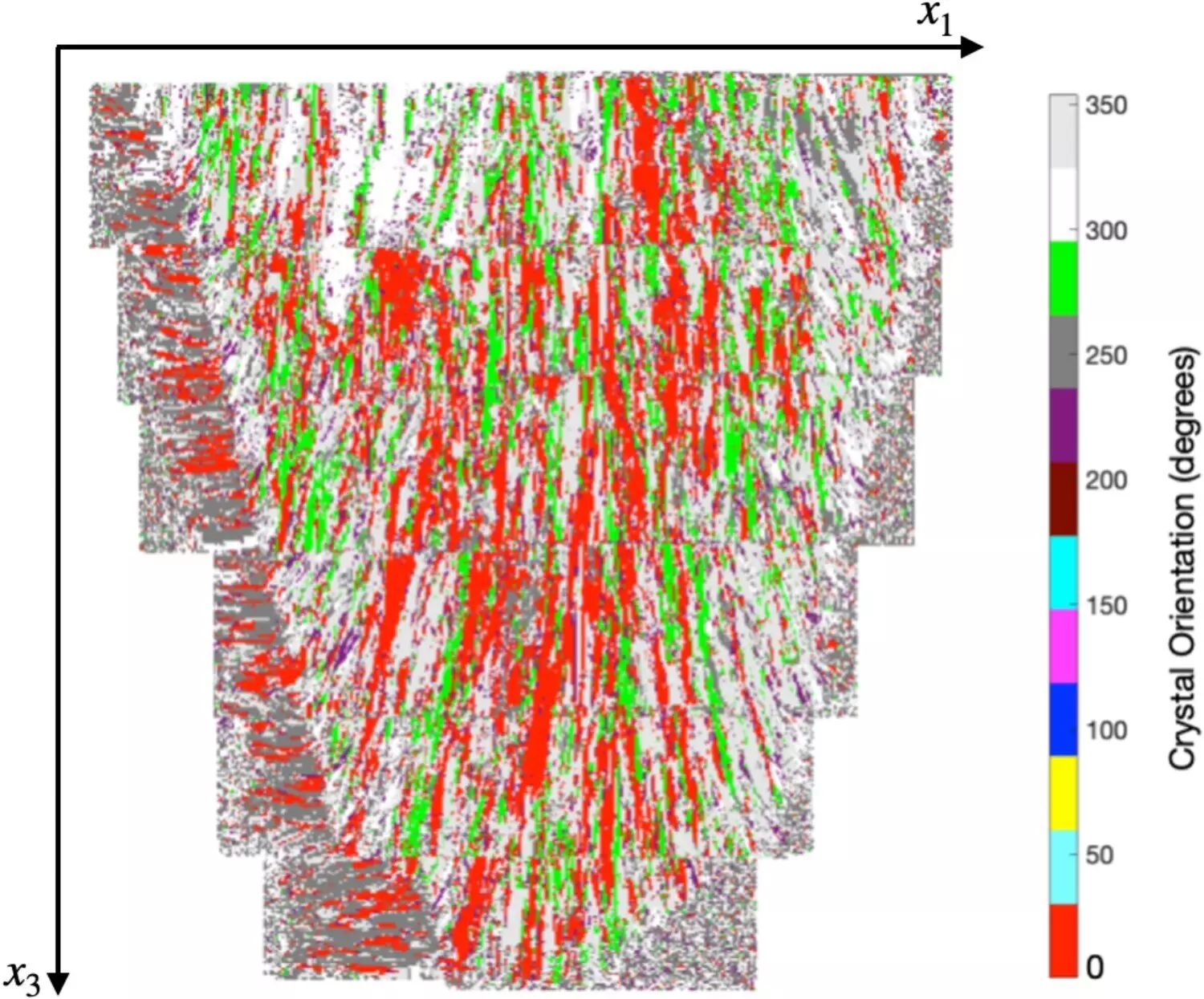The development of a sensing technology that can evaluate the quality of components has the potential to revolutionize the manufacturing sector in the U.K. Researchers from the University of Bristol have made a significant breakthrough by deriving a formula that can set the design boundaries for a component’s geometry and material microstructure, as published in the journal Waves in Random and Complex Media. This innovative technology could pave the way for additive manufacturing (3D printing) of metallic components to meet safety and quality standards in different industries, offering substantial commercial advantages.
The key to this breakthrough lies in the utilization of ultrasonic array sensors, which are similar to those used in medical imaging to create images of babies in the womb. However, these new laser-based sensors eliminate the need for direct contact with the material being assessed. Professor Anthony Mulholland, the head of the School of Engineering Math and Technology, highlighted the potential of a laser-based ultrasonic array as a sensing method. Mathematical modeling plays a crucial role in informing the design and deployment of this cutting-edge equipment for in situ use.
The research team developed a mathematical model that integrates the physics of ultrasonic waves propagating through layered metallic materials, specifically additively manufactured components. The model considers the variability present in each manufactured component and incorporates design parameters related to the ultrasonic laser and the material’s characteristics. By manipulating the input parameters, the output provides a measure of the information generated by the sensor to assess the mechanical integrity of the component. This discovery is anticipated to accelerate the design and implementation of this technology in manufacturing processes.
The potential implications of this sensing technology are vast. By collaborating with industry partners, the researchers aim to implement a means of evaluating the mechanical integrity of safety-critical components during the manufacturing stage. This approach could lead to the development of newer designs by exploiting the full potential of 3D printing, streamlining production processes, and offering significant commercial and economic advantages to U.K. manufacturing industries. The integration of laser-based ultrasonic arrays in additive manufacturing environments, controlled by robotic arms, is a crucial step towards achieving these goals.
Moving forward, the team plans to leverage their findings to support experimental collaborators in designing and constructing laser-based ultrasonic arrays. These sensors will be deployed in manufacturing environments to maximize data content and produce tailored imaging algorithms for generating tomographic images of component interiors. The quality of these images will be assessed through destructive means, paving the way for the widespread adoption of 3D printing in safety-critical component manufacturing. Professor Mullholland emphasized the importance of addressing the lack of methods to evaluate the mechanical integrity of such components, highlighting the immense potential for growth and innovation in the aerospace and manufacturing industries in the U.K.
The development of sensing technology for assessing component quality signifies a significant leap forward for U.K. industry. By embracing innovation and collaboration, researchers and industry partners can unlock new opportunities for enhancing manufacturing processes and driving economic growth. This transformative technology has the potential to redefine industry standards and position the U.K. as a leader in modern manufacturing practices.


Leave a Reply